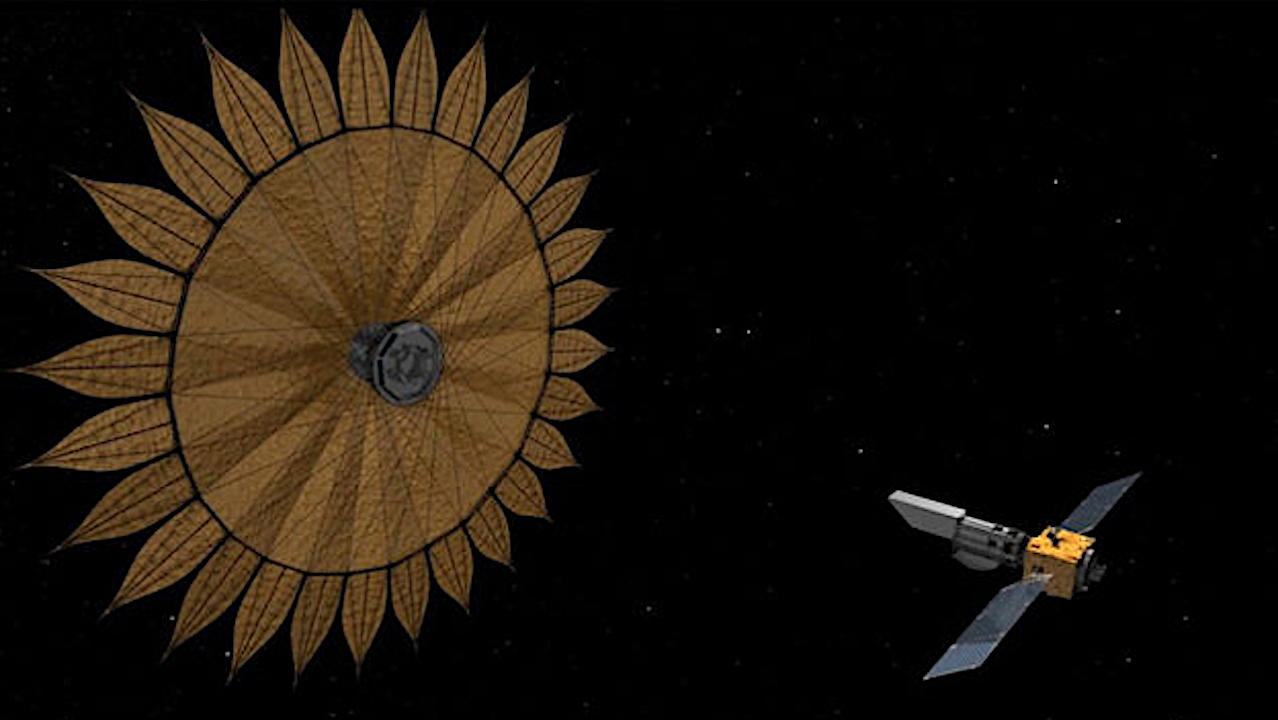The Habitable Worlds Observatory (HWO) aims to identify and study potentially Earth-like planets around other stars. To achieve the Astro2020 Decadal’s target of 25 exoEarth candidates (EECs), it is essential to consider the probabilistic nature of exoplanet discoveries and allow for a margin of error to account for uncertainties in astrophysical data.
This research delves into the probabilistic forecasts of results that might be generated by a blind exoEarth survey conducted by the HWO. Various factors contributing to astrophysical uncertainties affecting the yield of exoEarth candidates are identified and evaluated in this study.
The baseline design of the Large UV/Optical/IR Surveyor Design B (LUVOIR-B) telescope is used to assess the science margin provided by larger telescopes. Additionally, potential design modifications are proposed to enhance the exoEarth candidate yield and reduce the exposure times for key targets.
Uncertainties related to the blind survey’s sampling process are also significant and need to be considered in mission planning. The study reveals that eta_Earth uncertainties are a major factor impacting the EEC yield, but other factors such as stellar properties and planetary mass also play a role.
To ensure strong science margins for the Habitable Worlds Observatory, a viable strategy is identified as combining increasing the telescope diameter with implementing design enhancements. This approach is expected to provide improved sensitivity and accuracy in detecting potentially Earth-like planets around other stars.



